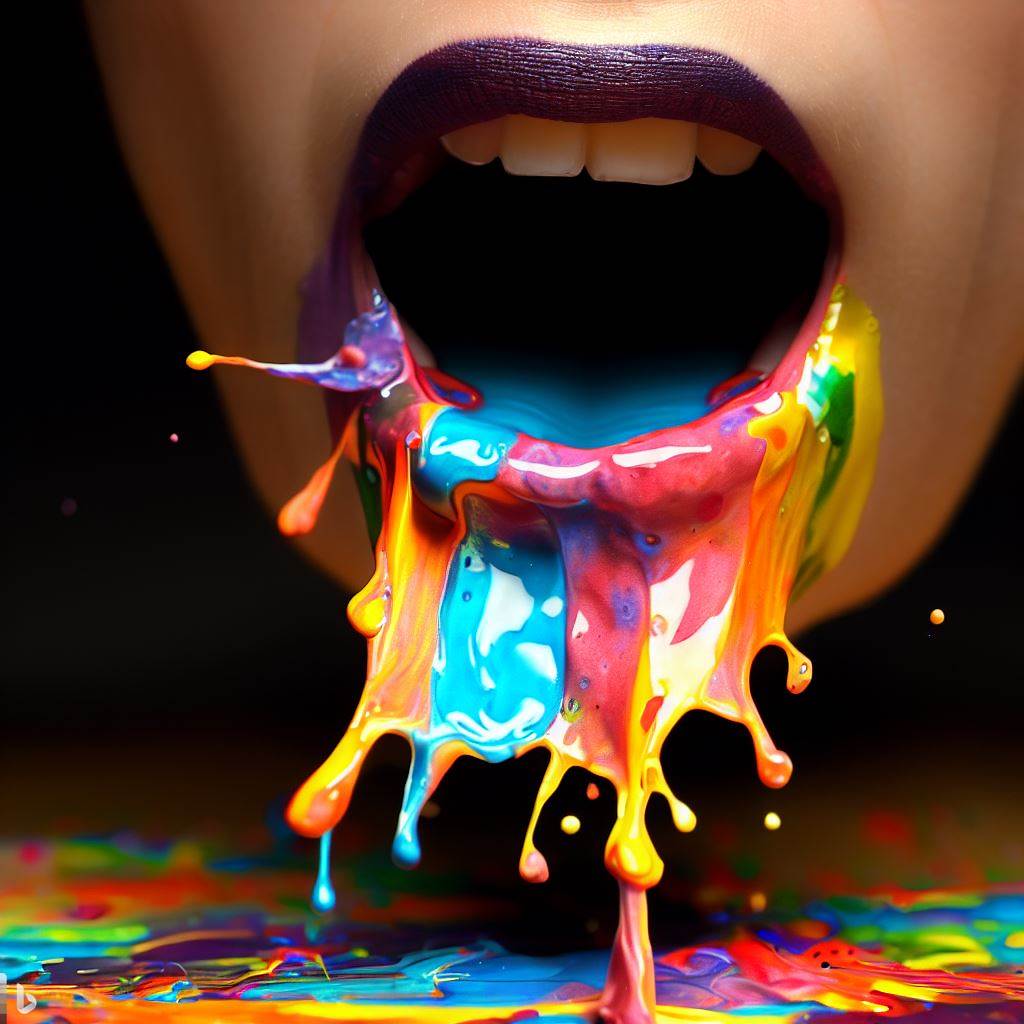Color plays a crucial role in photography and significantly influences how an image is perceived and experienced by the viewer. Here are some ways color affects photography:
Emotional Impact: Colors have inherent emotional associations. Warm colors like red, orange, and yellow can evoke feelings of warmth, excitement, and happiness, while cool colors like blue and green can evoke calmness, serenity, and sadness. By using specific color palettes, photographers can elicit particular emotional responses from their audience.
Subject Focus: Strong or contrasting colors can draw attention to specific elements within an image. When a subject stands out due to its color against a more subdued background, it becomes the focal point, guiding the viewer’s eyes to the intended point of interest.
Composition and Balance: Colors can influence the overall balance and harmony of an image. Photographers use color theory to create aesthetically pleasing compositions, whether through complementary colors (opposite on the color wheel), analogous colors (adjacent on the color wheel), or monochromatic schemes.
Mood and Atmosphere: Color can convey the atmosphere and mood of a scene. For example, warm tones during sunset or sunrise can create a sense of tranquility and warmth, while cool tones in a misty landscape might evoke a more mysterious and somber ambiance.
Symbolism and Culture: Colors can carry cultural or symbolic meanings. In different cultures, colors may represent various concepts or emotions. Photographers should be aware of these cultural associations to ensure their images are interpreted accurately across diverse audiences.
White Balance: Correct white balance is essential in photography to maintain accurate color representation. It ensures that whites appear truly white and prevents color casts caused by different light sources.
Post-processing and Editing: During post-processing, photographers can manipulate colors to enhance or change the mood, atmosphere, and overall impact of the image. Adjustments like saturation, contrast, and color grading can transform the look and feel of a photograph.
Storytelling: Colors can be used strategically to enhance the storytelling aspect of an image. For example, bright and vibrant colors might depict a joyful event, while desaturated or muted colors might suggest a gloomy or nostalgic scene.

In summary, color is a powerful tool in photography that can evoke emotions, direct the viewer’s attention, and communicate the photographer’s intended message. Understanding color theory and using it effectively can significantly improve the visual impact and storytelling potential of your photographs.